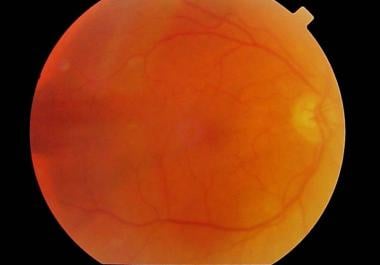


When the light is too dim to stimulate the cones, our sense of color is extinguished. On the most basic level, our sense of color is determined by the balance of activity of these three cells. These cells reside within the retina.ĭuring the daytime, the three cone photoreceptors actively sense light, and each has a peak sensitivity in either the blue, green, or red portions of the visible light spectrum. Our perception of color relies primarily on four main light-sensitive cells: three cone photoreceptors and one rod photoreceptor. Blue light, at high enough doses, is therefore more likely to cause damage when absorbed by various cells in our body. However, blue light may be present even when light is perceived as white or another color.īlue light is of concern because it has more energy per photon of light than other colors in the visible spectrum, i.e. As the name suggests, this type of light is perceived as blue in color. What is blue light?īlue light is visible light with a wave length between 400 and 450 nanometers (nm). The amount of blue light from electronic devices, including smartphones, tablets, LCD TVs, and laptop computers, is not harmful to the retina or any other part of the eye. The short answer to this common question is no. (Retinal specialists treat conditions affecting the retina, a thin tissue at the back of the eye that is responsible for vision.) Many people ask whether blue light will increase their risk of age-related macular degeneration and blindness. Every day, retinal specialists are asked about the risks from blue light emitted from electronic devices.


 0 kommentar(er)
0 kommentar(er)
